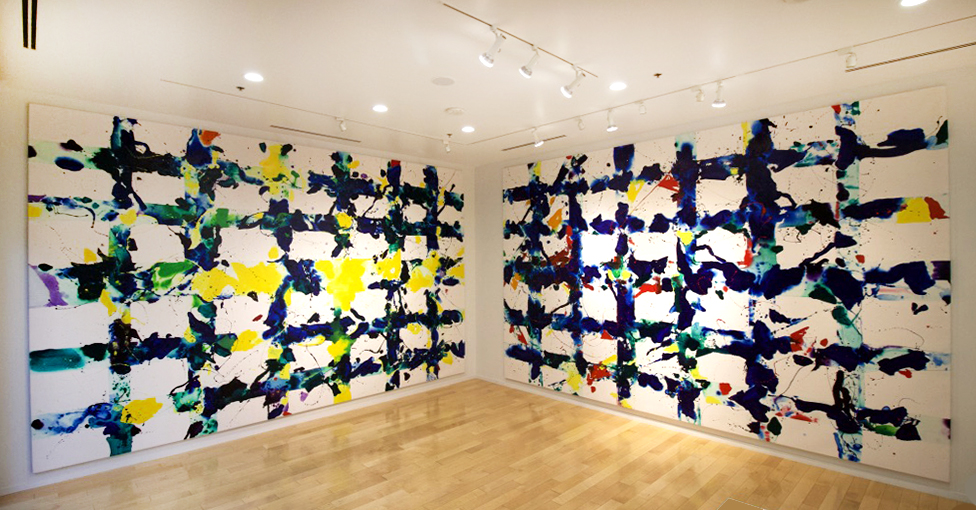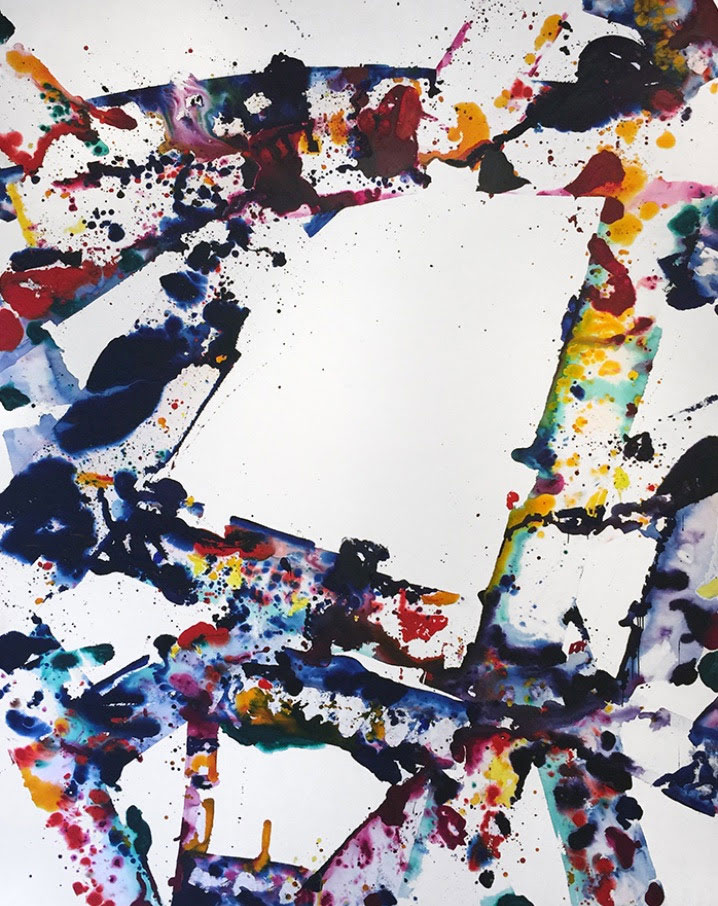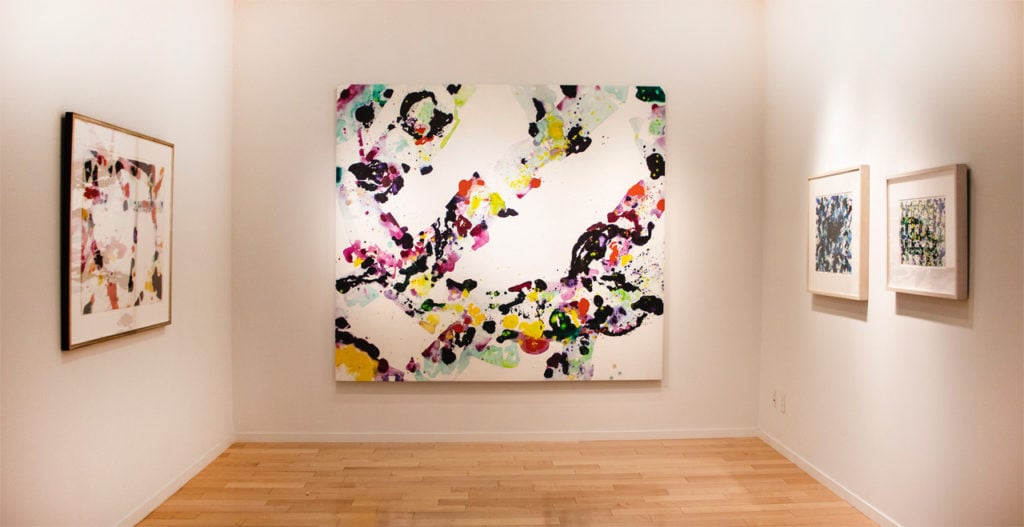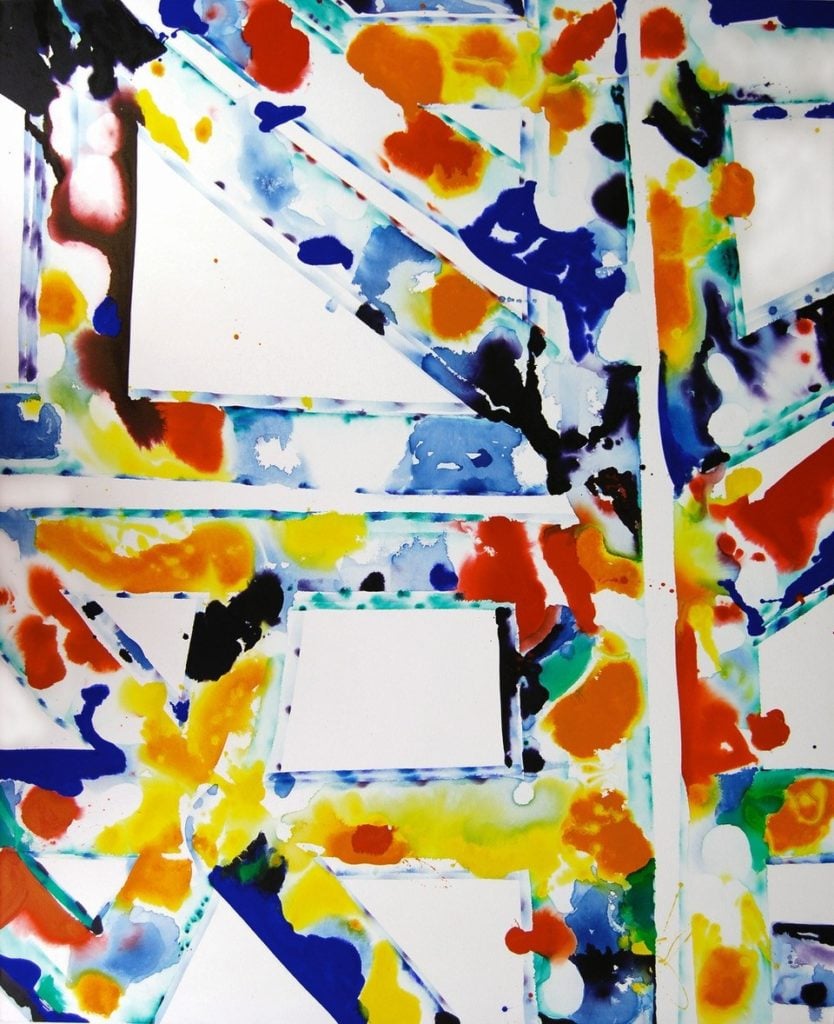In His Decisive ’70s Work, Sam Francis Turned to Japan and Carl Jung for Inspiration


Artnet Gallery Network

By the time the ‘70s rolled around, Sam Francis had firmly established himself as a major international artist. He had shown at the Museum of Modern Art, helped cement the Tachisme movement in Europe, and worked among groups of artists in Paris, Tokyo, Mexico City, and New York. Yet, as he did many times throughout his career, Francis was looking to reinvent himself.
A new show, opening this week at Jonathan Novak Contemporary Art in LA, looks at this fruitful period of the artist’s career. Titled “Sam Francis: The ‘70s,” the exhibition brings together a group of large-scale works the artist made between 1970 and ’79.
“This was arguably his most spectacularly innovative decade, a period of pictorial and conceptual ideas in dynamic flux as the artist configured, deconstructed, and reconstructed color, form, and space in muscular expansions and contractions,” critic Richard Speer explains in an essay for the show. “It would be tempting to think of this period as transitional—as bridging the open white centers of his late-1960s Edge series with works from the 1980s and early 1990s, which increasingly moved away from negative space toward a Greenbergian ‘all-overness.’ The restless, forward-pushing Francis, however, was always in transition from one mode to the next, experimenting with new techniques and ideas, and in this sense his 1970s paintings were no more transitional than work from any other decade of his meteoric career.”

Sam Francis, Green [Untitled] (SFP71-34; SFP73-12) (SFF.586) (1971-73). Courtesy of Jonathan Novak Contemporary Art.
Francis referred to these as the “Fresh Air paintings,” a name that came from the “Fresh Air School” folio of lithographs he made with fellow artists Joan Mitchell and Walasse Ting in 1972-73. This body of work was inspired in large part by Francis’s experience in Jungian analysis, which he began in 1971 in an effort to tap into the energy of his psyche and dreams.

Installation view of “Sam Francis: The ‘70s.” 2019. Courtesy of Jonathan Novak Contemporary Art.
Later on, after an influential two-year-stint living in Tokyo (for the second time in his life), he started to move away from this system in favor of a looser and more impulsive approach. Inspired by the Japanese concept of “ma,” a way of developing a sense of place and mood through negative space, he also began incorporating more blank sections of white in his compositions. Look, for instance, at his 1977 painting, Untitled (SFP77-3)(SFF.679)—you can see this development happening on the canvas itself. The eight-foot-tall canvas looks like a section of a grid collapsing in on itself, while geometric patches dramatize the bright blotches of color they abut.
Indeed, this serenely poetic deployment of negative space, as Speer puts it, helped distinguish Francis from some of his contemporaries in the second wave of Abstract Expressionism.
“During the fertile middle of his career, negative space made Francis’s paintings recognizable as unquestionably his,” the critic writes. “Cocooning and contextualizing his exuberant, saturated forms, negative space defined his stylistic fingerprint.”

Sam Francis, Untitled (SFP77-3)(SFF.679) (1977). Courtesy of Jonathan Novak Contemporary Art.
The show comes in conjunction with the launch of the book Sam Francis: The Artist’s Materials, an in-depth look at the artist’s processes produced by Debra Burchett-Lere and Aneta Zebala of the Sam Francis Foundation and published by Getty Publications. Taken together, all this should great a new sense of appreciation for Francis’s contributions to the landscape of 20th-century painting.
“Sam Francis: The ‘70s” is on view through April 12, 2019 at Jonathan Novak Contemporary Art.
